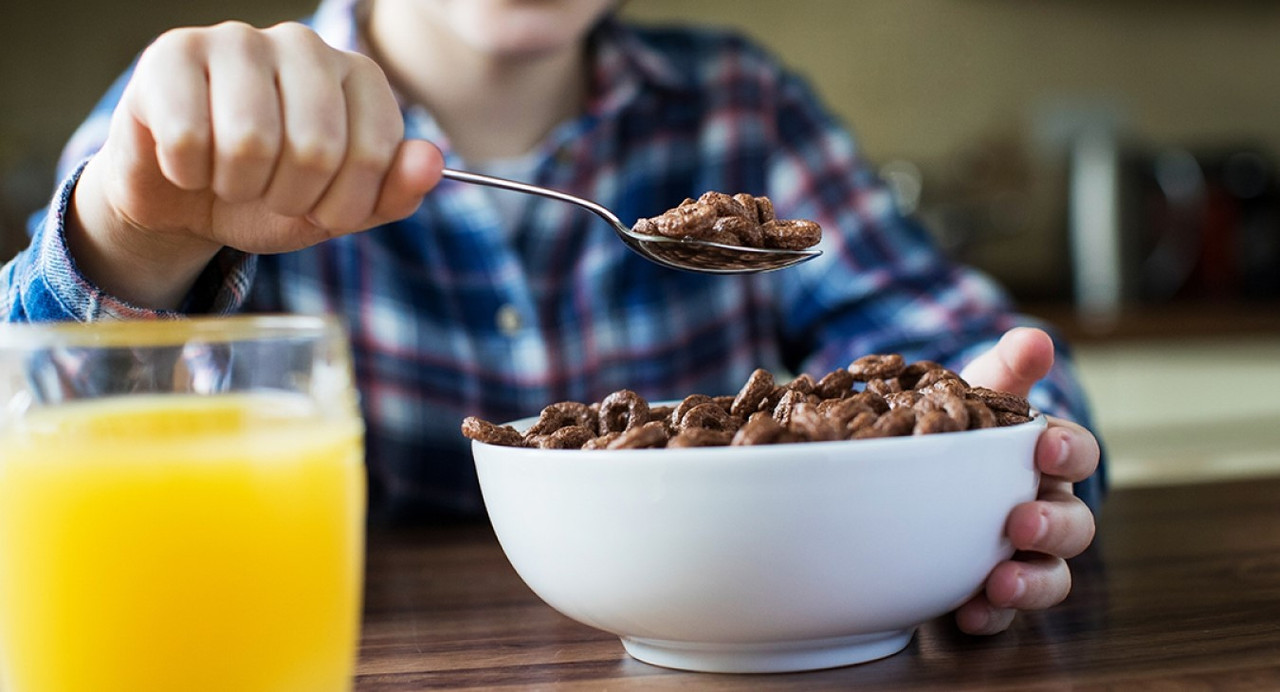Richardbrown
Approved Source

Fitness advice from the "mainstream" is full of nonsense and misinformation.
Despite significant advances in the field of nutritional science, the majority of fat reduction hopefuls continue to make the same basic mistakes over and over. Mistakes that excessively complicate their diet have a detrimental impact on their progress and make getting the outcomes they want significantly more difficult.
It's no surprise that 90 percent or more of folks who start a cutting phase wind up getting off track and never achieving the body they want.
#1 Your Calorie Intake Is Too High
If you're not losing weight despite your best efforts in the gym and the kitchen, you're almost certainly committing one or more of the following major cutting diet blunders...
This is the most fundamental, underlying cutting diet error you can make. If you want to lose weight over time, you must create a calorie deficit by burning more calories than you ingest. Nothing else you do in your program will make a difference if your daily calorie intake is set too high from the beginning.
For most people, a decent starting point is to eat roughly 500 calories less than their maintenance level, which is the number of calories you need each day to maintain your present weight.
This amount is large enough to drive significant ongoing fat loss while remaining small enough to control your hunger, preserve your energy and mental focus, and sustain your exercise performance.
There's no denying it. Calories definitely matter, and in the big picture, your total net energy balance is by far the most essential component in the whole cutting phase.
#2 You're Eating Too Much Without Realizing It
Your daily calorie goal may be set correctly, but there's a chance you're going over it without recognizing it.
This is highly frequent, and studies have shown that when left to their own devices, most ordinary fat loss dieters routinely under-report their true calorie intake, often by a large margin.
This can occur for a variety of causes, including:
• Food measuring errors can accumulate over the course of the day.
• On cheat meals/cheat days, going overboard.
• Snacks and other "hidden things" that find their way into your diet without your knowledge.
Or it could just be that you aren't closely tracking your fat loss diet in the first place and are instead estimating things, but not accurately.
#3 You've Set Your Calorie Intake Too Low
This is the polar opposite of the previous two cutting diet blunders, and it occurs when people try to speed up the process by going on a "crash diet" to lose weight as rapidly as possible.
When done appropriately, more extreme calorie deficits can work for certain people in the short term, but dipping too low is rarely a good idea for the ordinary person.
If you cut your calories too low, your appetite will skyrocket, you won't feel well physically or emotionally, your training performance will deteriorate, and you'll most likely quit and bounce in the opposite direction.
#4 You're Not Getting Enough Protein In Your Diet
Protein is the most filling of the three major macronutrients and is essential for retaining lean mass during a cutting phase.
In order to keep your appetite under control throughout the day, a daily protein intake of 0.8-1 gram per pound of body weight is a decent recommendation for most normal dieters.
#5 You're Not Getting Enough Fat In Your Diet
Many people make the mistake of believing that "eating fat makes you fat," and as a result, they reduce their fat consumption to dangerously low levels.
In truth, a "low fat diet" will only lower testosterone levels, impair cognitive function, lower mood, and maybe even promote sadness and anxiety in individuals who are predisposed to it.
To avoid these harmful impacts on your overall health and hormone levels, aim for roughly 25% of your total calories to come from fat, with a minimum of 20%.
Because fats have 9 calories per gram, multiplying your daily calorie intake by 0.25 and then dividing by 9 will give you the total grams of fat you should consume. Remember that dietary fat does not make you fat; it is your total calorie intake that does.
#6 You're Not Getting Enough Carbohydrates
Maybe you're receiving adequate protein and fat, but you've decided to drastically reduce your carbohydrate intake.
Low carb diets can be useful in some cases, depending on one's individual body type, but I wouldn't recommend eliminating carbs out of your diet without a specific purpose unless you have one.
This will usually increase your hunger, decrease your training performance, and leave you feeling moody, irritated, and unable to concentrate throughout the day, similar to low fat diets.
As a starting point for your cutting diet, stick to the previously recommended figures of 0.8-1 gram of protein per pound of body weight per day, 25 percent of total calories from fat, and the rest from carbohydrates. Simply remember that proteins include 4 calories per gram, fats contain 9 calories per gram, and carbohydrates have 4 calories per gram when calculating this.
#7 Your Daily Meal Plan Is Incompatible With Your Appetite
Optimal meal frequency is highly individual, and varied eating habits will make different people feel physically better and more likely to stick to their reducing diet.
Given that meal frequency has little effect on fat burning results as long as total daily calories remain constant, you'll be better off experimenting with meal size and spacing to determine what works best for you.
It could entail six little meals separated out every 2-3 hours... 2 large meals consumed in an intermittent-fasting style... perhaps it may be four medium-sized meals in the middle. Simply calculate your overall calorie and macronutrient requirements for the day, and then distribute them in whatever method increases your chances of sticking to it over time.
#8 Your Daily Food Selections Do Not Reflect Your Preferences
Many trainers get into the trap of believing that particular meals must be included in their fat reduction diet, and they wind up eating them on a daily basis despite not liking the flavor.
This is completely needless, counterproductive, and increases the likelihood that you will abandon your cutting diet plan in the long run. Remember that your body does not perceive your diet in terms of specific foods.
It just looks at the broad picture: total calories, protein, carbs, fats, vitamins, minerals, fiber, and other micronutrients, and there are an almost limitless variety of ways to get these totals for yourself.
Use turkey and salmon as your major protein sources if you prefer them to chicken and beef. Use blueberries and bananas as your primary fruit sources instead of apples and strawberries if you prefer them. If you'd rather have sweet potato instead of rice or oatmeal instead of bread as a carb source, go for it.
Your cutting diet will be considerably more pleasurable, and your chances of long-term success will be significantly boosted if you just take some time to plan out your nutritional strategy around the foods that you appreciate most for each major group (proteins, carbohydrates, and fats).
#9 Your Calorie-To-Food-Volume Ratio Is Insufficient
If you're trying to lose weight by maintaining a calorie deficit over time, you'll experience hunger at different times of the day. This is completely normal and anticipated.
Although you won't be able to totally remove this hunger reaction, you can reduce it as much as possible by eating foods with a low-calorie content in relation to their volume.
If you eat a lot of high-calorie foods like nuts, seeds, dried fruits, fruit juices, fatty cuts of meat, and higher-calorie snacks and smoothies, you'll be consuming a lot of calories for a small amount of food.
On the other hand, if you center your diet on lower-calorie foods like vegetables, fruits, lean proteins, whole grains, and so on, you'll be able to consume a lot more actual food and fill yourself up while still staying within your calorie budget.
#10 You're Constantly Forcing Yourself To "Eat Clean."
Yes, the majority of your cutting diet should consist of nutrient-dense, minimally processed whole foods, but that doesn't mean you have to eat nothing but plain chicken breast, brown rice, and steamed broccoli all day, and it also doesn't imply "clean foods" are the only foods you may eat.
You can fill in approximately 10-20% of your overall calories with your favorite "treat meals" as long as you track them as part of your total consumption as long as the majority of your meal plan is made up of clean, healthy foods.
This will have no discernible effect on your real fat-burning results, but it will make your diet more enjoyable and prevent you from feeling deprived and constrained during your cutting phase.








